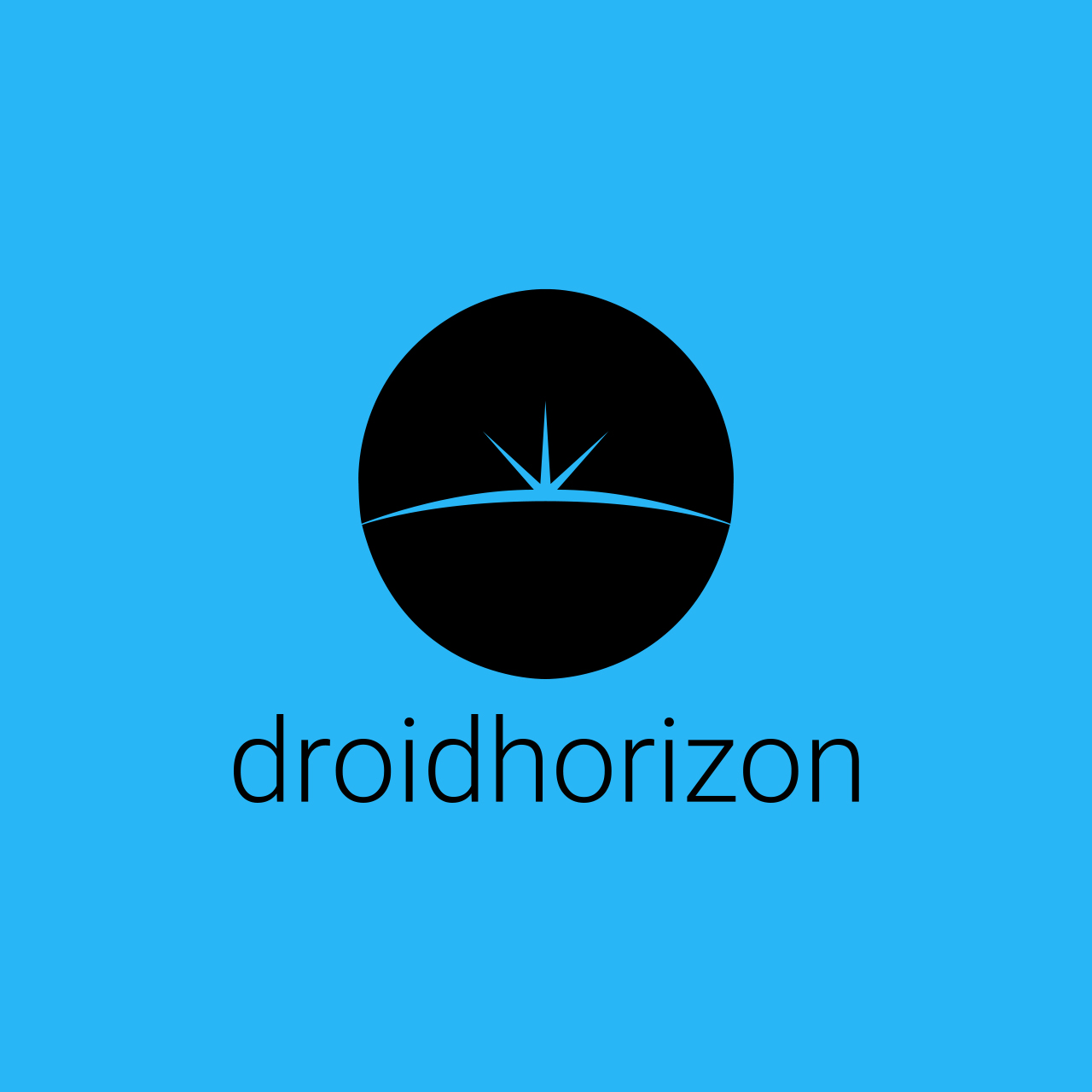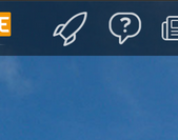5 Ways to Improve Mobile App Retention Rate
Source: Pixabay.com
Virtually every app developer experiences palpable excitement when they see their app’s download stats skyrocket. It’s definitely an early indicator that you have a good thing going. However, an equally important number you have to keep tabs on is app retention.
Retention is the propensity of your app’s users to continue using it. Making that happen isn’t easy. It’s especially important to keep retention high when you consider the amount of advertising spend required to win a single customer. Here’s a look at how you improve your app’s retention.
-
Uncomplicated Onboarding
First impressions matter and that’s why you should spend a considerable amount of time thinking about your onboarding process. If on opening an app for the first time, the user is overwhelmed with information or confused by the registration process, it’s highly likely that they will not open the app again and will probably delete it.
Strictly speaking, onboarding is a phase of the customer acquisition process but retention is meaningless if the acquisition process doesn’t work. The better the onboarding process, the more tolerant the user will be of any hiccups they encounter when they start using the app. A great onboarding process combines a compelling value proposition, allows registration using the customer’s social media profiles, and keep information simple, clear and to the point.
-
Get Users Invested
In order to use any application, customers have to contribute their time, energy, skills and resources. The more a customer invests in your application, the harder it becomes for them to abandon it. There’s a sense that they’ve already put in so much of themselves for it to all go up in smoke.
There are several ways you can achieve emotional investment. You could for instance regularly offer discounts for the cost of upgrading longtime user profiles. For games, provide rewards and perks as the player moves from one level to the next.
-
Surveys, Feedback and Performance Monitoring
You can build an excellent, popular app with fairly good retention but that doesn’t mean you should sit on your laurels. User needs, regulatory frameworks and other market dynamics are constantly changing. One of the ways you can stay ahead of these evolving consumer needs is to create channels through which users can provide feedback.
Feedback forms and customer surveys are especially useful. You’ll pick up tips on burgeoning problems and areas of potential improvement. Create an incentive for survey participation such as bonus points or a cost discount. Application performance monitoring is a way for you to proactively see how you can make the app work better.
-
Push Notifications
Push notifications are messages that appear on the phone’s status bar even when the app isn’t open or active. It’s a subtle way to remind user to return to your app. Push notifications can be effective but you need to strike a delicate balance. There’s a thin line between sending messages regularly and relentless spamming. The latter could have the complete opposite effect and may actually drive users away.
To make sure you stay within acceptable levels, select a small set of activities that you want the app to send messages out for. Also, create a clear process for the user to turn off notifications if they want to. Few things will drive users to delete your app faster than a barrage of notifications that they cannot figure out how to switch off.
-
Personalization
In everyday conversation, you can see how much the face of a stranger with a name tag or a newly-made acquaintance lights up when you address them by their name. Referring to someone by name makes the subject feel significant, valued and respected. It’s not any different in the digital realm.
Users will provide their names during the registration process. Find ways of including their name in the push notifications and email messages your app sends. However, this is just one aspect of personalization. You can tailor notifications based on the user’s activity history, preferences and behavior patterns.
Personalization builds an emotional connection that is just as powerful as the work and resource investment we referred to above.
No mobile phone has the capacity to hold all of the millions of apps available for download. That means your app is competing with at least hundreds of others. Following these tips will minimize the risk of users dropping your app and moving to a competitor.




